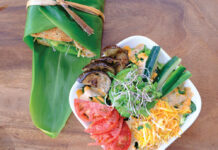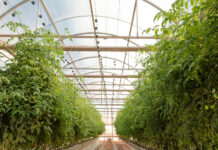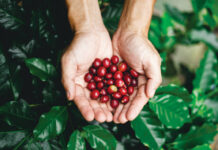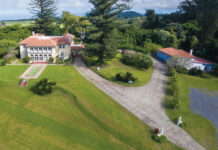Maui’s Changing Landscape | Part One | Part Two | Part Three | Part Four | Part Five | Part Six | PART FIVE in our yearlong look at the future of Maui agriculture
Story by Lehia Apana | Photography by Bailey Roberts
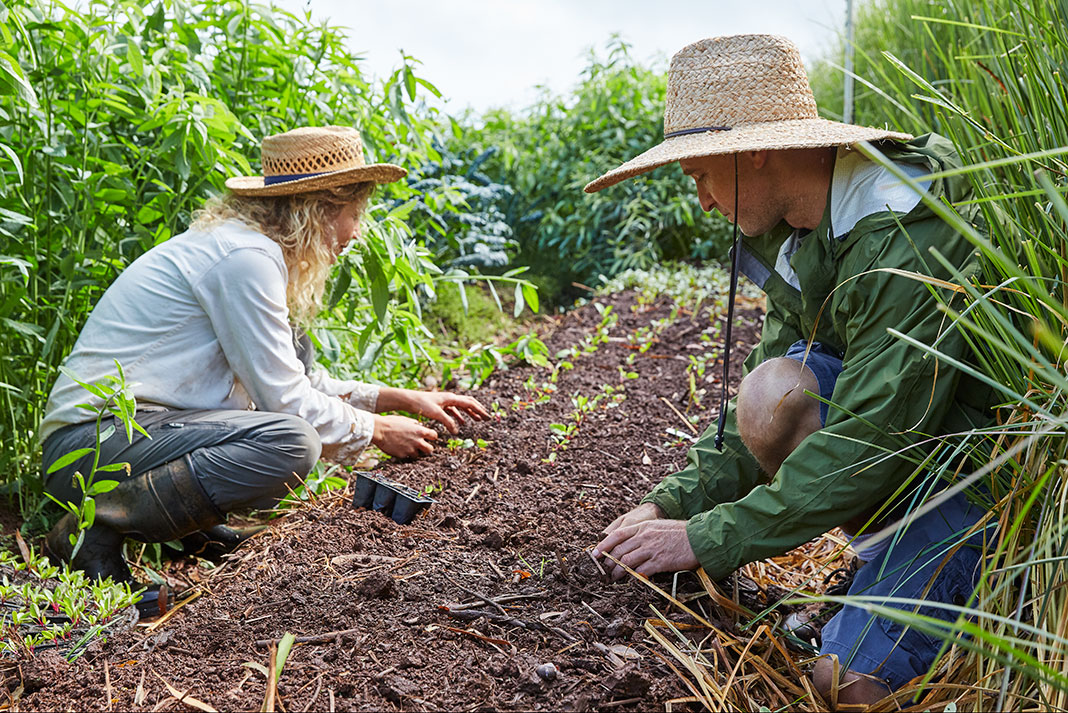
“Maybe we should turn back,” I said to my husband, Brad, my tone more command than suggestion. We were lost, and the late-afternoon sun was dimming by the minute.
An hour earlier, on a whim, and with a rusty machete in hand, we decided to go bushwhacking to see what we might find. And now, engulfed by eight-foot-tall Guinea grass—whose prickly leaf blades are nature’s equivalent of fiberglass—I was itchy, weary, and ready to head home.
Well, technically, we were home. Earlier that week we had collected the keys to our new house and future farm. This land on Maui’s north shore would be our agricultural canvas. Just one problem: We weren’t farmers. Sure, we knew our way around the nursery section and had amassed a collection of seeds that bordered on hoarding, but we weren’t ready to make the leap from garden beds to farm plots.
Turns out, we weren’t alone.
“We have a new generation in Hawai‘i willing to do the hard work of farming, and it benefits all of us to ensure they succeed,” says Phyllis Robinson, a former board member of Hawai‘i Farmers Union United’s (HFUU) Haleakalā Chapter and current director of HFUU’s Farm Apprentice Mentoring (FAM) program.
She points to somber statistics, including the fact that Hawai‘i imports roughly 90 percent of its food; if cargo ships stopped coming due to a natural disaster or other crisis, our food supply would last maybe a week. At last count, in 2012, the U.S. Department of Agriculture reported the average age of Hawai‘i’s farmers is sixty—a figure that has been rising for the last three decades.

